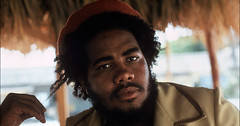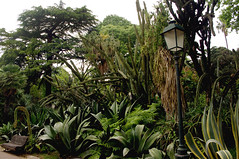Graffiti Art In La: Urban Expressions &Amp; International Influence
Exploring the Rich Tapestry of Graffiti Art in LA
Art is not always confined to galleries and museums. In Los Angeles, art thrives in the vibrant streets, decorating otherwise bland concrete walls, transforming them into dynamic, living canvases. Among the many forms of street art, graffiti holds a special place, widely recognized for its spontaneity, audacious color schemes, and powerful socio-political statements. Los Angeles, often dubbed the ‘Graffiti Capital of the World,’ is a testament to this unique artistic expression.
Graffiti art has an intense presence in LA culture? — it is a quintessential visual representation of the city’s raw energies, vibrant spirit, and diverse cultures. From the barrios of East LA to the iconic Venice Beach Walls, graffiti in Los Angeles paints a vivid narrative of the city’s history, its struggles, and its victories.
Much of LA’s graffiti roots back to the mid-70s and early 80s. This era bore witness to the birth of the ‘West Coast Hip-Hop’ culture. Inspired by this wave, daring young artists began using graffiti as a tool of expression, often conveying their personal experiences of living in the city.
Artists such as Chaz Bojórquez, an early precursor of the LA graffiti scene, brought legitimacy and status to the art form. His work showcased the stylistic influence of East LA gang calligraphy, or Cholo writing, integrating it with Asian calligraphy he learned while studying in the Far East. Similar to Bojórquez, many early LA graffiti artists were heavily influenced by this amalgamation of local and foreign elements.
While the early graffiti scene was dominated often by male artists, women artists have since grown in prominence and esteem. Artists like Lady Pink, known as the “First Lady of Graffiti,” have challenged the norms, showcasing their talents and powerful voices in the male-dominated field. Her visionary graffiti has lent a more nuanced, diverse perspective to LA’s urban art landscape.
The influence of graffiti art is so widespread that it has even extended to unconventional spaces. In a rather unexpected melding of interests and disciplines, the incorporation of graffiti-inspired elements have been found in archaeology tours in the Middle East. These archaeological tours, when exploring ancient ruins, often interpret and explain the historical graffiti carved onto ancient stone walls and structures, resonating with LA’s modern graffiti’s storytelling essence.
Today, graffiti is recognized as an integral part of LA’s artistic and cultural identity, progressively shaking off the stigma of it being mere vandalism. There’s been a surge in artist commissions for public murals in a bid to revitalize local neighborhoods and attract tourism. Programs, such as the LA Mural Program and the Citywide Mural Program, have been implemented. These initiatives recognize graffiti’s potential as an urban renewal tool, fostering community engagement, beautifying city spaces, and promoting local artists.
Exploring the urban jungle of LA reveals the city’s heartbeat through its graffiti-laden structures. The art offers insights into the city’s historical socio-economic struggles, its multicultural fusion, and the rebels and pioneers who’ve left their marks on the city. In the end, the graffiti art scene in LA proves that art can indeed rise from the streets and command attention.


